In short, it depends on the type of plant, how long ago the plant stem broke in half, the severity of the break and how well you repair it. Either way, quickly read on, it is important you act fast as soon as your plant stem breaks for best results
Table of Contents
- Type of plants that are easiest to repair
- Repairing broken plant stems
- Splint method to repair broken plant stems (method 1)
- Glue method (method 2)
- Severity of the break
- How fast should you act if your plant stem broke in half?
- Pot plant stem broke in half
- When is it too late to fix a snapped plant stem?
- Plant stem broke in half with fruit?
- How to prevent plant stems from breaking in half
Type of plants that are easiest to repair
Typically plants that are in the arum family are easiest to repair. This is because they grow quickly and are easy to re-root. This is useful in re-attaching your broken plant stems back to each other overtime. These can include:
- Philodendron
- Pothos
- Spider plants
- Common Ivy

Other plants that are like vines or are tropical plants typically will have a better chance.
Woody plant are hard to repair, especially if they have completely snapped in half. The bark of the plant often takes a while to repair and can interfere with the inner stem which is more delicate.
However, often broken wooden plant stems will still hang on to each other because of the bark. Making it easier for you to put the two stems back together in the right position.
Repairing broken plant stems
The first step in repairing a broken plant stem is to figure out the best way to repairing it. There are two methods you may follow
What method should you use to repair a broken plant stem?
In most cases, the splint method is ideal. Especially if your plant stem just broke and you want repair it as soon as possible.
However, only in the rare case your plant has been partially broken for a while and is still alive do you need to glue it. Because repairing the stem isn’t necessary for the limbs survival and using the glue method will only help maximise sunlight, appearance and prevent further damage.
This is most common with wooden plants because the bark holds it in place.
Splint method to repair broken plant stems (method 1)
Step 1:
First of all, especially if you plant is outside. While you gather the correct resources. You want to prevent further damage. Prop up the stem of the plant somewhere so it is not swinging in the wind or holding excessive weight.
Step 2:
Gather a spray bottle, electrical or plant tape and an appropriate splint for the size of the broken stem. This can be as small as a toothpick or as big as a bamboo stick.
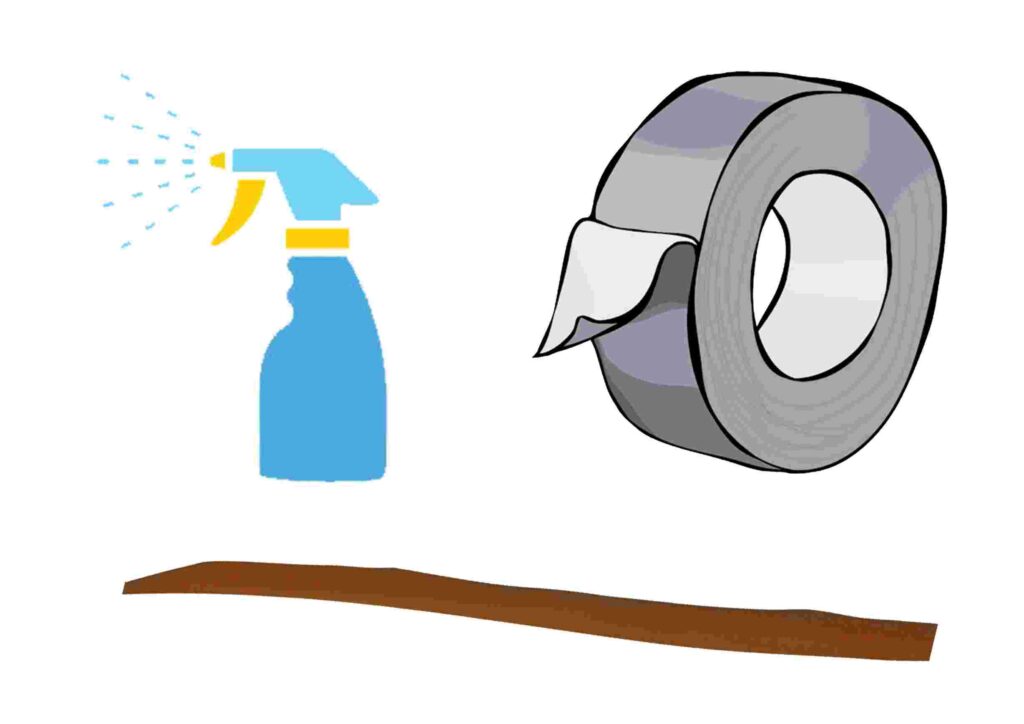
Step 3:
Mist the break of the plant with water if there is any visible dirt or dust inside the break of the stem. If not, this step is not necessary.
Step 4:
Carefully align the two broken limbs making sure the veins and tubes of the stem or aligned as closely as you can get it.
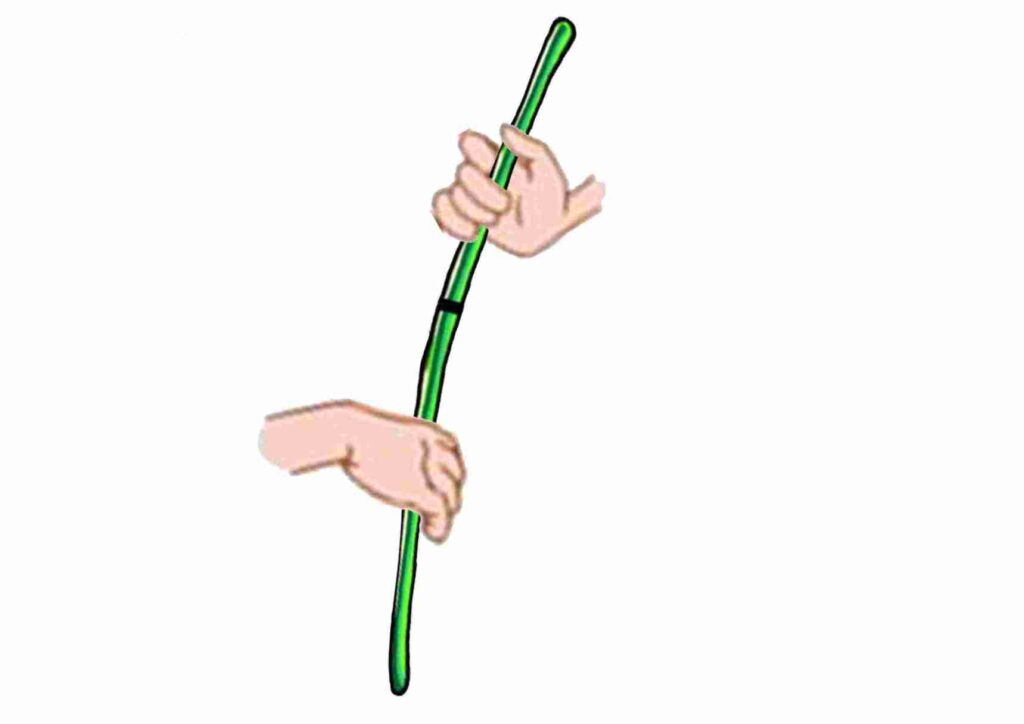
Step 5:
Place the splint next to the break and wrap a strip of tape directly over the break and over the splint.
Step 6:
Prop up the rest of the limb with a stake for further support
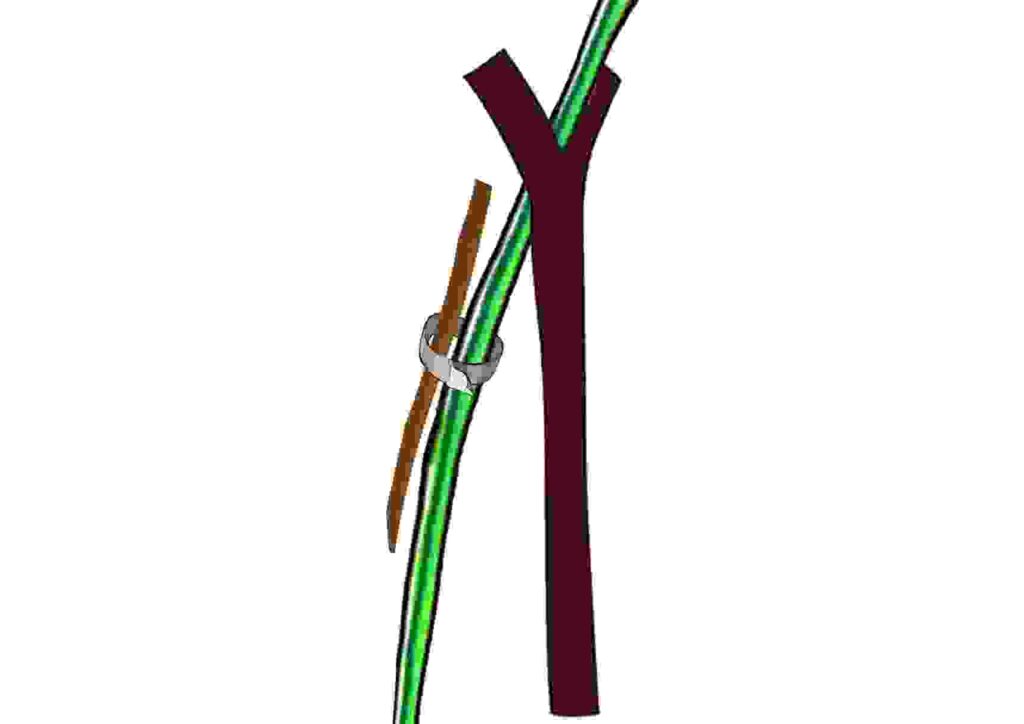
Step 7:
Check on your plant in a week. It is important to replace the splint every week or so to allow the broken stem to grow in height and thickness.
You should see the previously detached part of the plant continue to grow and a scar or deformity in the previously broken stem
Glue method (method 2)
Step 1:
Get your hands on some Gorilla glue
Step 2:
Add glue to the break
Step 3:
Bend the broken stem back in on itself, so the break is concealed and the branch is in its original position.
Step 4:
After a day, the gorilla glue should have dried and you can remove the stake. Hopefully you plant will be a bit taller with a better view of the sun.
Severity of the break
If your plant stem is crushed or twisted, it is extremely unlikely that your plant stem will be able to be re-attached. Ideally, you want a clean snap of the stem. Almost as if the stem was cut in half.
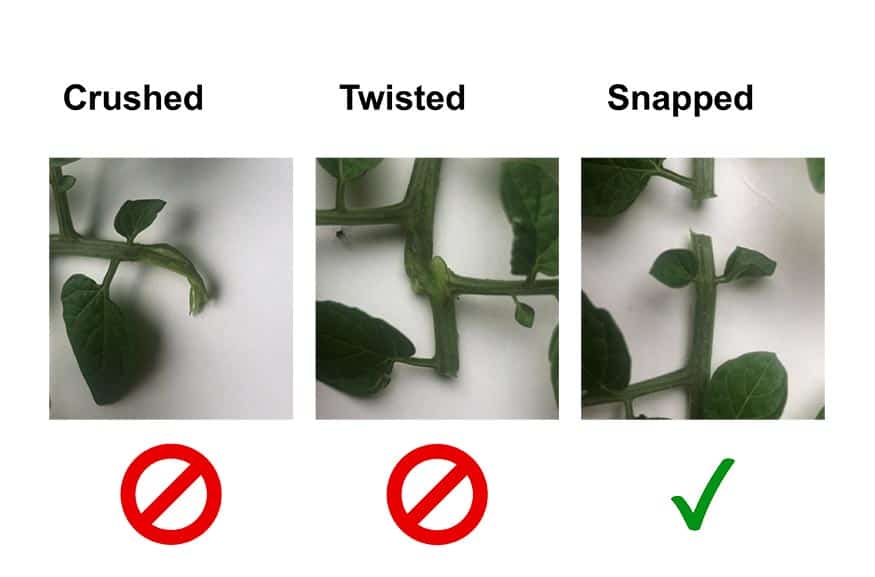
This is because you want the vascular system of the plant which brings water and nutrients through the stem to remain in-tact.
Crushed or twisted tubes in the stem creates irreparable damage and can block the vascular systems even if the plant manages to physically re-attach.
Partial breaks of stems are good because it is less likely that the vital parts of the stem are damaged. Also it makes it extremely easy to line the stems back up with each other.
How fast should you act if your plant stem broke in half?
The sooner the better. The longer you wait the greater the chance of bacteria or fungus forming around the break, the detached stem wilting or the break worsening.
If you’ve just discovered the break and already notice fungus or wilting, it is likely too late to save your plant. Throw the stem away and count your losses
Pot plant stem broke in half
It is common for the plants you keep in pots to break in half at the stem. This may be due to repotting or because the plants aren’t that well developed and have weak stems.
Either way, the process for repairing your plant is still the same. Read on to learn how to prevent this from happening again.
When is it too late to fix a snapped plant stem?
Given the little cost of attempting to repair your stem. It is worth attempting to repair your plant. Again, it is a mixture of the type of plant, how long ago the plant stem broke in half, the severity of the break and how well you repair it which determines if your plant will recover.
If you notice the broken area of your plant has stopped wilting and is now turning brown and drying up, then it is too late and you’d have to say goodbye to the broken half of your plant.
Other warning signs include seeing insects, fungus or bacteria start to build up around the break. In this case, call it a day and put measures in place so it doesn’t happen again.
Plant stem broke in half with fruit?
Oftentimes, heavy fruit on a branch in combination with little movement due to physical touch or wind is all it can take to bring your bunch of almost ripe fruit come crashing to the ground
– Ruining your chance of making that low calorie garden salad that you’ve been trying to grow for months!
If you have fruit on your plant, all hope may not be lost. Many fruits are perfectly capable of ripening detached from the plant with you only compromising some size or development of the fruit.
Tomato is a pretty common example.
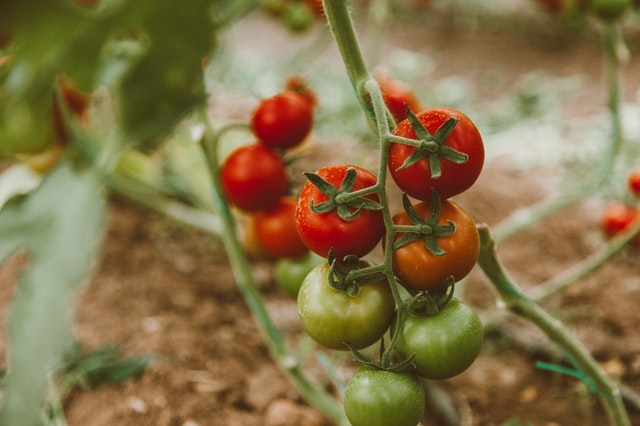
- Wrap the bunch of tomatoes, still attached to the stem in some newspaper or a paper bag
- Add a ripe apple or banana to the bag
- Close and store the fruits in a warm location like a cupboard
Hopefully in a few days to weeks your underdeveloped tomatoes will look like you just pulled them off of the tree.
How to prevent plant stems from breaking in half
We’ve all heard of the saying prevention is better than cure. Here are some steps to reduce your chances of going through the traumatic experience of the plant you’ve nurtured breaking and wilting away.
Most of the time. Plant stems break due to high wind or handling. Most of these examples are for this
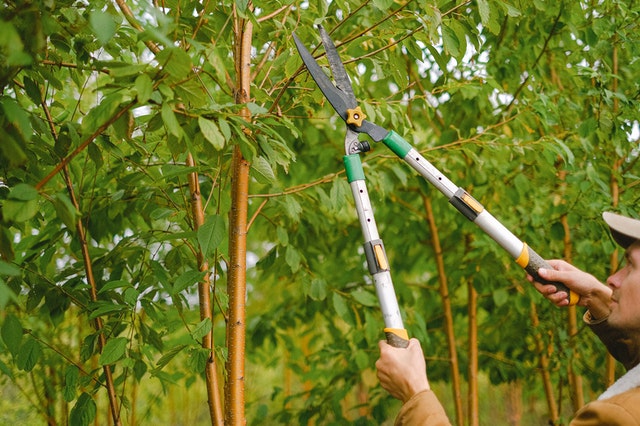
- Use stakes on your plants
- Take plants inside when windy if applicable
- Prune your plants to prevent excess weight
- Cover with buckets during high wind
- When repotting plants use extra care by using smaller tools
